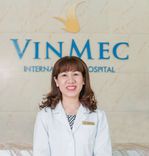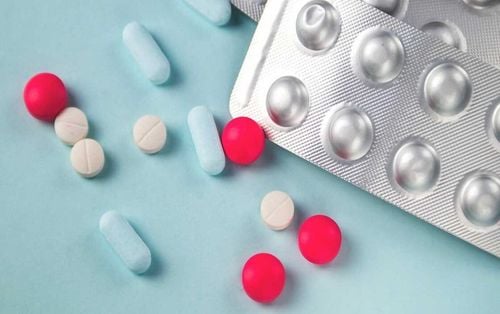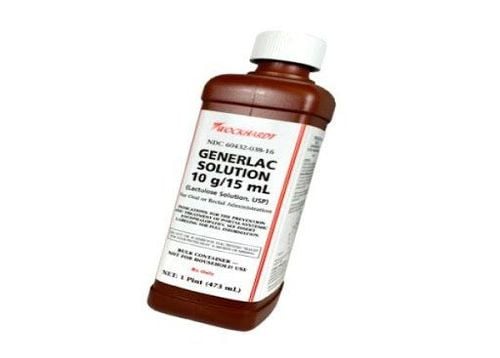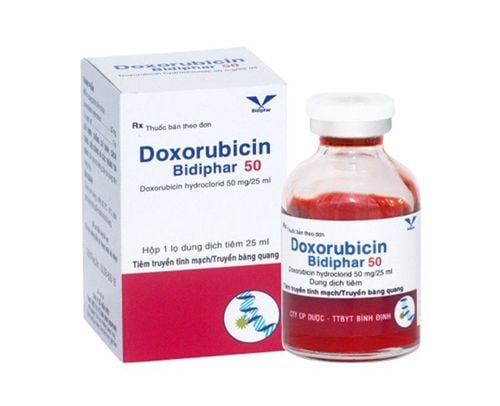This is an automatically translated article.
The article was professionally consulted by Specialist Doctor I Vo Thi Thuy Trang - Gastroenterologist, Department of Medical Examination & Internal Medicine - Vinmec Danang International Hospital. The doctor has many years of experience in the field of gastrointestinal endoscopy.Primary sclerosing cholangitis is an inflammation of the bile ducts caused by inflammation, narrowing and blocking of the bile ducts in the liver. This increases pressure in the liver over time, causing damage to liver cells, reducing blood flow in the liver and increasing pressure in the portal vein. As the disease progresses, liver cells die and are replaced by scar tissue, eventually leading to cirrhosis due to primary sclerosing cholangitis.
1. What is primary sclerosing cholangitis?
Primary sclerosing cholangitis is the most common cause of sclerosing cholangitis. The bile ducts carry bile containing digestive enzymes produced by the liver to store and concentrate in the gallbladder before excreting into the duodenum with each meal. In primary sclerosing cholangitis, the inflammatory response causes long scarring in the bile duct. These scars cause the ducts to harden and narrow gradually, causing severe liver damage due to cholestasis.In most people with primary sclerosing cholangitis, the disease has a relatively slow progression that makes it difficult to recognize early. Patients are only discovered when in the final stage, which can lead to liver failure, repeated hepatobiliary infections and tumors of the bile duct or in the liver parenchyma. Liver transplantation is the only treatment of choice for primary sclerosing cholangitis, but the disease may recur on the transplanted liver in a small number of patients.
2. Symptoms of primary sclerosing cholangitis
Primary sclerosing cholangitis is often diagnosed by laboratory abnormalities during routine physical exams or visits for other conditions before symptoms appear.In some cases, the early symptoms of patients are often quite vague such as fatigue, poor appetite, loss of appetite and itchy skin. As the disease progresses, the person will experience pain in the upper right part of the abdomen, fever, chills, night sweats, enlarged liver, enlarged spleen, yellow eyes, jaundice, weight loss, and weakness.
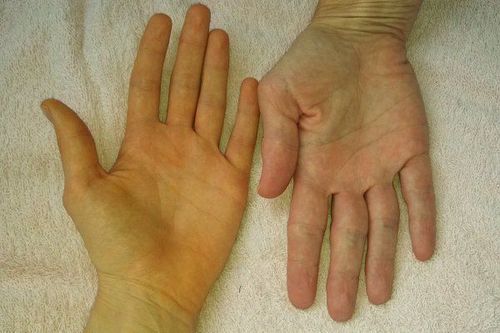
3. What is the cause of primary sclerosing cholangitis?
To date, the causes of primary sclerosing cholangitis are unknown.Some theories suggest that the immune system's response to infections or toxins may cause it, especially in people with a family history of the trait. Some patients with primary sclerosing cholangitis have also been observed with chronic ulcerative colitis and Crohn's disease.
However, there are factors that may increase the risk of sclerosing cholangitis:
Age: Primary sclerosing cholangitis can occur at any age but is usually diagnosed between the ages of 30 and 50. Gender: This disease tends to occur more often in men. Inflammatory bowel disease: A large percentage of people with sclerosing cholangitis also have inflammatory bowel disease. Place of residence: People in the Nordic region have a higher risk of primary cholangitis than in other regions.
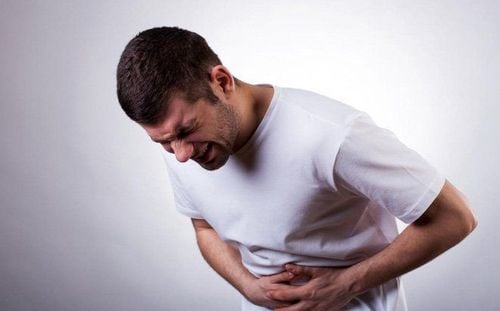
4. Complications of primary sclerosing cholangitis
Complications of primary sclerosing cholangitis can include:Liver failure and cirrhosis: The chronic inflammatory reaction of the bile ducts in the liver can lead to scarring in the liver parenchyma, which eventually leads to cell death. liver, loss of liver function and cirrhosis. Repeated infections: Due to the scarring of the bile ducts, the bile ducts inflame the bile ducts, slowing or blocking the flow of bile out of the liver, creating conditions for bacteria in the abdomen to multiply and cause disease. Portal hypertension: This is an important vein that carries blood away from the digestive system into the liver. Portal hypertension makes the veins in the collateral circulation fragile, and the patient loses blood due to gastrointestinal bleeding. At the same time, cirrhosis and portal hypertension also drain fluid into the abdominal cavity, causing ascites. Osteoporosis: People with primary sclerosing cholangitis may experience accompanying osteoporosis. Therefore, doctors need to check bone density periodically and supplement with calcium and vitamin D to help prevent bone loss and fractures caused by osteoporosis. Bile duct cancer: If you have primary sclerosing cholangitis, you have an increased risk of developing cancer in the bile duct or gallbladder. Colon cancer: People with primary sclerosing cholangitis are also associated with chronic inflammatory bowel disease and an increased risk of colon cancer. Screening issues need to be carefully monitored on these subjects.
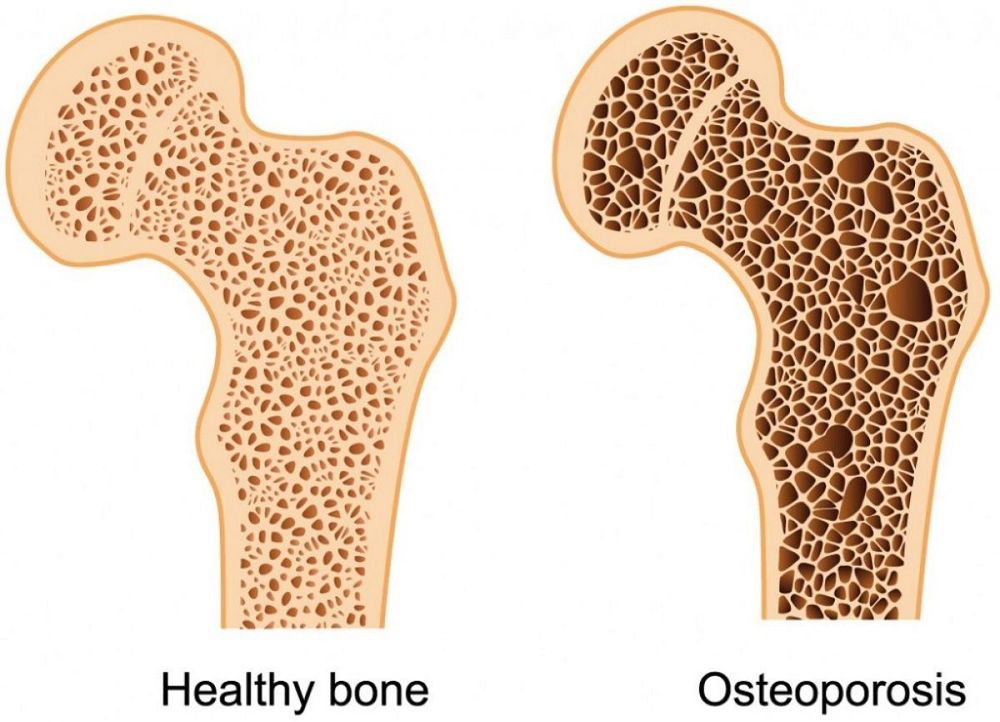
5. How is primary sclerosing cholangitis diagnosed?
Tests and procedures used to diagnose primary sclerosing cholangitis include:Liver function tests: A blood test to check your liver function, including liver enzymes, bilirubin in the blood, can provide the doctor with this diagnosis. MRI cholangiography: Magnetic resonance cholangiography to produce images of the liver and bile ducts is the test of choice for the diagnosis of primary sclerosing cholangitis. Endoscopic retrograde cholangiopancreatography (ERCP): This is also an imaging method, but is invasive, so it is rarely used for diagnosis because of the risk of complications. ERCP is the test of choice if signs and symptoms persist despite no abnormalities on MRI. At the same time, ERCP will be the initial test if you have a contraindication to MRI due to metal implants in the body. Liver tissue test: A liver biopsy is a procedure where a piece of liver tissue is removed for pathology. This method helps to determine the type and extent of liver damage when the diagnosis of primary sclerosing cholangitis remains uncertain after other less invasive tests.
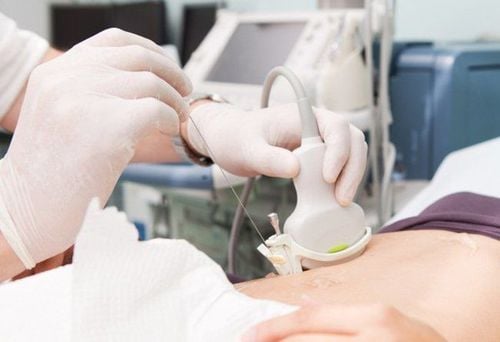
6. How to treat primary sclerosing cholangitis
Treatment of primary sclerosing cholangitis to date has mainly focused on managing complications and monitoring liver damage. Many drugs have been studied in people with primary sclerosing cholangitis, but to date no drugs have been found to slow or reverse liver damage during the progression of the disease.Therefore, the treatment includes the following medical support:
Treatment of pruritus – Because the biliary system is scarred and inflamed, bile acids are trapped and the blood concentration increases, causing the patient to persistent itchy skin. Possible antipruritic drugs are bile acid sequestrants, bile acid-binding antibiotics or antihistamines, opioid antagonists, ursodeoxycholic acid. Treating Infections – Blocked bile in the ducts creates a favorable environment for frequent recurrences of infections. To prevent and treat this infection, patients with primary sclerosing cholangitis may need repeated courses of antibiotics or continued antibiotics for a long time. If any procedure that could cause an infection, such as a laparoscopy or abdominal surgery, is needed, you will also need to take preventive antibiotics. Nutritional support – As primary sclerosing cholangitis progresses, it becomes difficult for the body to absorb certain vitamins. Although you can still eat a well-rounded diet, the digestive tract still cannot absorb all the nutrients it needs. At the same time, you can add calcium and vitamin D to prevent fractures caused by osteoporosis. Treatment of Biliary Obstruction - A blockage occurring in the bile duct can be both due to advanced primary sclerosing cholangitis but can also be a sign of cancer of the bile duct. Endoscopic retrograde cholangiopancreatography with ERCP can help identify the cause and improve bile duct obstruction by balloon dilatation with large extrahepatic bile ducts or stenting of smaller segments. Liver Transplant – To date, liver transplantation is the only known treatment for primary sclerosing cholangitis. During a liver transplant, surgeons remove the affected part of the liver parenchyma and replace it with a healthy liver from a donor. This approach is also reserved for people with liver failure or other severe complications of primary sclerosing cholangitis. Although uncommon, primary sclerosing cholangitis has also been shown to have a certain recurrence rate after liver transplantation. In addition, lifestyle changes and home adjustments can also be effective in stopping the progression of the disease:
Limit alcohol intake Get vaccinated against hepatitis A and B Use care with chemical sources at home and at work Maintain a healthy weight Follow directions for all medications, both prescription and nonprescription. Always let your doctor know you have liver disease when taking any medicine. Consult with your doctor or pharmacist about any herbs or supplements you are taking as some can harm the liver. In summary, primary sclerosing cholangitis is a chronic liver disease that slowly damages the bile ducts due to inflammation, scarring, or fibrosis. This causes bile to build up in the liver, which gradually damages liver cells and causes cirrhosis. Because the disease progresses very slowly, when the disease is detected, it is already in the late stage. Therefore, early diagnosis with periodic health tests and conservative treatment is the best way to improve the long-term prognosis of cholangitis.
Please dial HOTLINE for more information or register for an appointment HERE. Download MyVinmec app to make appointments faster and to manage your bookings easily.
